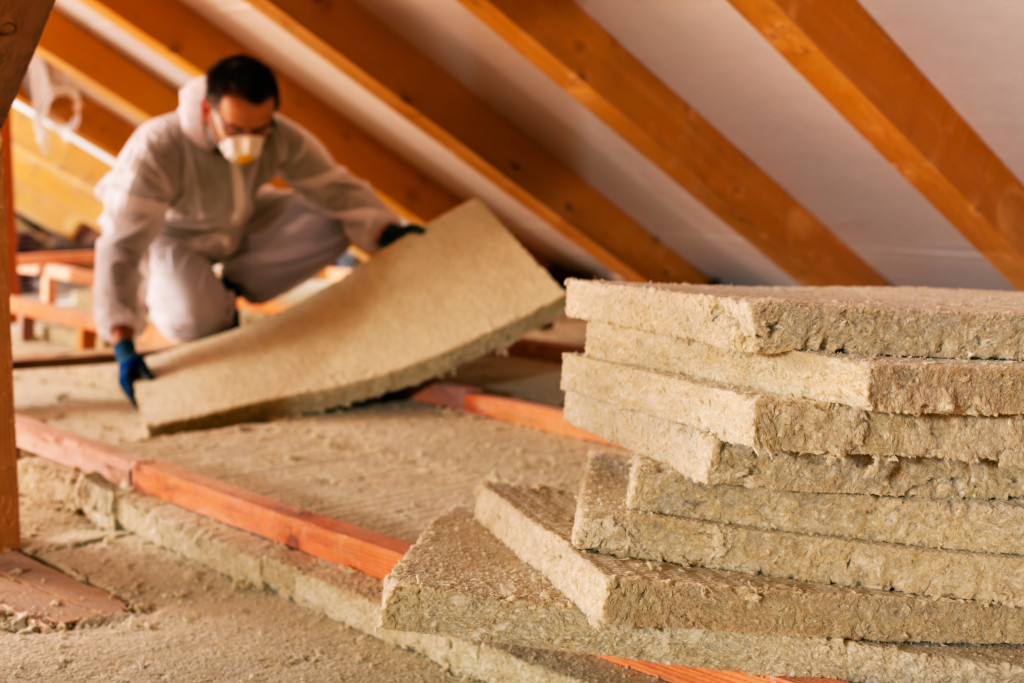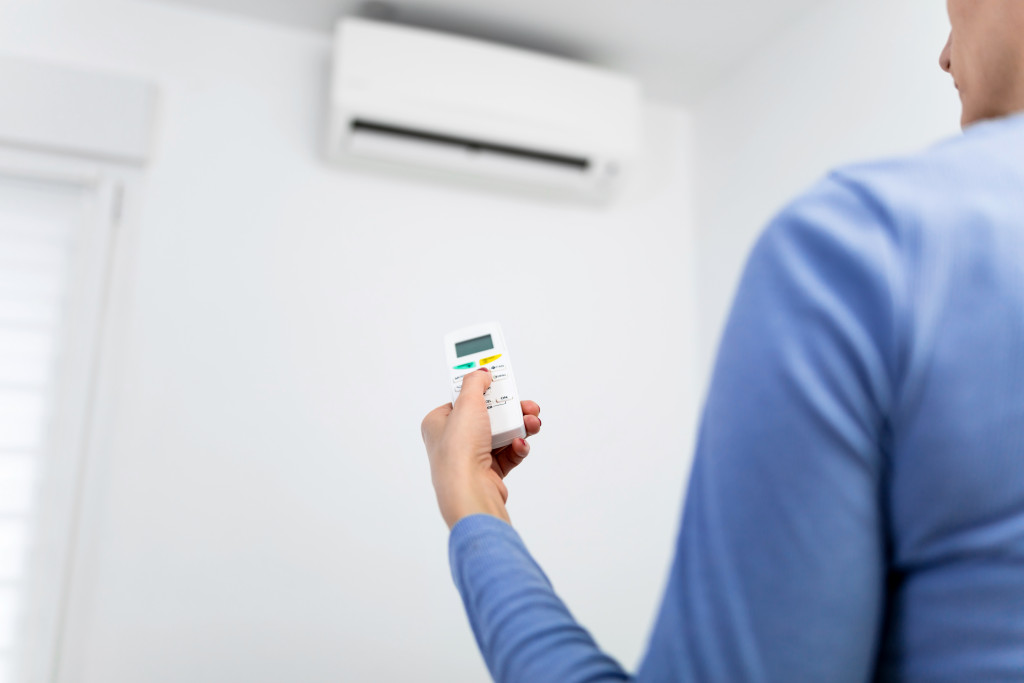- Improved air circulation helps to boost energy levels, mood, and overall wellness.
- Good air quality reduces fatigue, irritability, and depression.
- Improved ventilation traps allergens and dust mites that can cause allergies.
- Higher air quality leads to better productivity, focus, and concentration.
- Air purifiers with HEPA filters help reduce pollutants and noise and improve sleep quality.
Are you feeling sluggish and run down? Perhaps it’s time to consider improving your home or workplace airflow. Improved airflow can have many benefits, such as boosting your energy levels and overall wellness. This article will explore how improved airflow can benefit your overall health.
The Impact of Improved Airflow on Overall Wellness
1. Improved Mood and Mental Health
One of the most overlooked benefits of improved airflow is its positive effects on mental health and mood. Studies have shown that having good air quality indoors has a direct impact on your emotional state. Poor air quality has been linked to fatigue, irritability, depression, and other psychological symptoms. On the other hand, improved air circulation ensures that oxygen is circulated throughout the room, improving brain functioning and increasing alertness. Additionally, it helps to reduce levels of carbon dioxide in a room, which is linked to reduced sleep quality.
2. Reduced Allergy Symptoms
Improved airflow can be hugely beneficial if you suffer from allergies or asthma. The best way to reduce allergy symptoms is by ensuring that dust mites and other allergens are not suspended in the air. This requires powerful fans and filters capable of trapping particles as small as 0.3 microns in size — something most ordinary air purifiers cannot do. Improved ventilation also reduces humidity levels indoors, which prevents mold growth, a common trigger for many types of allergies.
3. Enhanced Cognitive Performance

Improved airflow can also enhance cognitive performance. Research has shown that better air quality leads to higher levels of productivity and alertness, resulting in improved focus and concentration. This is especially true during warm weather when the humidity levels indoors are much higher than usual — increased humidity has been linked to fatigue, lethargy, and reduced mental clarity. By improving ventilation, you’ll ensure that your work environment remains comfortable throughout the day, and your productivity won’t suffer as a result.
4. Improved Sleep Quality
Good sleep is essential for overall wellness and good health. Poor ventilation can lead to an accumulation of toxins, such as carbon dioxide, in your bedroom, which can negatively affect sleep quality. That’s why it’s important to ensure that air is circulating freely in your bedroom and that you use an air purifier to filter out allergens and other pollutants. Improved airflow can also help reduce noise levels, making it easier to fall asleep.
5. Reduced Risk of Disease
Finally, improved airflow can reduce the risk of certain diseases. Poor indoor air quality has been linked to respiratory illnesses such as asthma, bronchitis, and COPD. In addition, research indicates that poor ventilation contributes to cardiovascular disease due to the accumulation of carbon dioxide indoors, which increases blood pressure and heart rate. By improving ventilation, you’ll reduce your risk of these conditions effectively.
How to Improve Airflow in Your Environment
Improving the airflow in your environment is essential for improving overall wellness. Here are five ways in how improved airflow can benefit your overall wellness.
1. Maximize Natural Ventilation
Natural ventilation is the easiest and most cost-effective way to improve your home or workplace airflow. This involves ensuring windows are opened up when possible and taking advantage of ceiling and floor fans to help circulate air throughout the building. Additionally, consider investing in an air filtration system to reduce indoor pollutants such as smoke, dust particles, mites, and other allergens.
2. Insulate Your Home Properly

Proper insulation helps keep the heat inside in winter and outside during summer months. This prevents heat from escaping while also helping maintain proper humidity levels indoors. Ensure that every room is well insulated, even if it’s not your own bedroom or living room, as this will help improve air circulation throughout the entire building.
3. Utilize Fans and Air Purifiers
Fans are an effective way to circulate air indoors while also helping to reduce humidity levels in a room. Invest in high-powered ceiling fans that can rotate at least 120 degrees, and use them regularly when necessary. Additionally, consider investing in an air purifier with HEPA filters capable of trapping particles as small as 0.3 microns in size — this will ensure that you breathe clean, filtered air indoors.
4. Consider air source heat pump
Regarding heating, air-source heat pumps are an efficient and cost-effective way of providing warmth while also helping to improve air circulation. These systems use refrigerant to absorb heat from the outside air and transfer it inside your home, in addition to dehumidifying the atmosphere indoors by drawing out moisture. By utilizing air source heat pump installation, you can expect improved air quality, lower maintenance costs, and an overall reduction in your energy bills.
In Closing
In the end, improved airflow can have many benefits regarding overall wellness. The benefits are undeniable, from improved mood and cognitive performance to reduced disease risk. Investing in a good quality air purifier and increasing ventilation levels indoors is a simple yet effective way to improve your health and well-being. Therefore, improving airflow is the way to go if you want to improve your energy levels, reduce allergy symptoms, enhance cognitive performance, and improve sleep quality.

